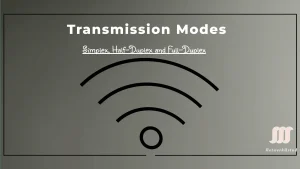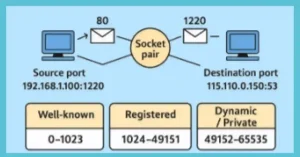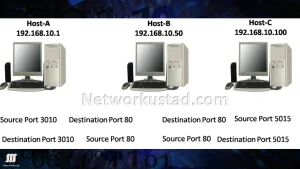This guide applies to Windows (e.g., 10/11) and Linux (e.g., Ubuntu 22.04). Configure application layer services via Command Prompt (cmd) on Windows or terminal (Ctrl + Alt + T) on Linux, as of 2025. It is the topmost OSI Model layer, consolidating the OSI’s application, presentation, and session layers into the TCP/IP model’s single application layer. It facilitates human and software access to networks, acting as the source and destination for data communications.
Its applications, services, and protocols enable effective human-network interaction. Applications (e.g., browsers) initiate data transfers, while services (e.g., DNS) bridge to lower layers. Protocols provide rules ensuring devices communicate across networks, with clients requesting data delivery from servers, critical for 2025 CCNA/CCNP studies.
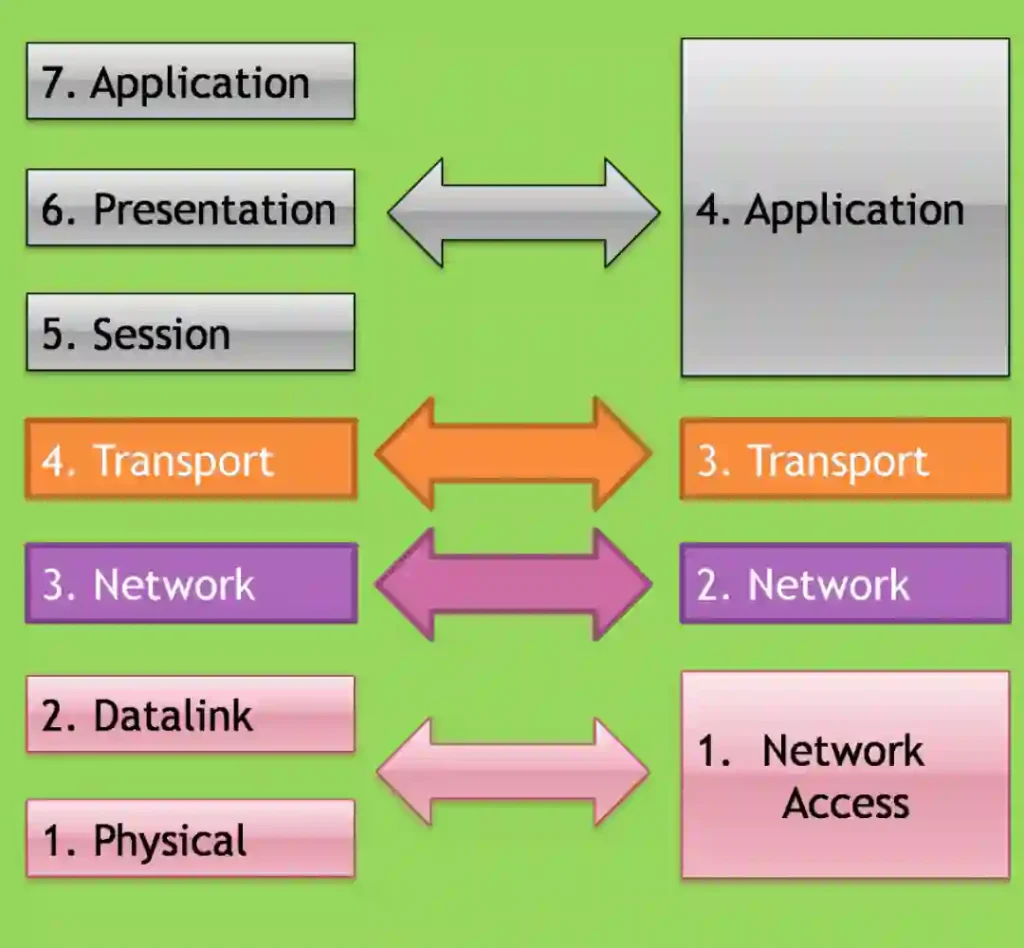
The application layer applications, services, and protocols enable humans to interact with the data network in a way that is useful. The applications are computer software programs with which the user interacts and starts the data transfer process at their request. The services are programs that run in the background and form the link between the application layer and the lower layers.
The Protocols give a structure of rules that make sure services running on a particular device, and can send and receive data from a range of different network devices. The client should request from the server the delivery of data packets over the network. In P2P networks, the roles of client and server dynamically shift based on the source and destination devices, with application layer services exchanging data per protocol specifications.
TCP/IP Application Layer Protocols
The end devices usually require application layer protocols. For example, the end devices receive web pages using the HTTP (hypertext transfer protocol) application, which is one of the widely used application protocols.
HTTP is the base for the World Wide Web. When a browser requests a web page, the protocol sends the name of the required page to the server. The server then sends the requested page to a client. For example, the server’s SMTP (simple mail transfer protocol), IMAP(internet messaging access protocol), and POP (post office protocol) keep sending and receiving email. SMB(server message block), FTP (file transfer protocol), and TFTP(trivial file transfer protocol) allow clients to share files.
P2P applications make it easier to share media in a distributed fashion. DNS (domain name system) resolves the IP address and name for better human understanding. Clouds are remote locations that host applications and store data so that end-users do not need as many local resources, and the users can effortlessly access content from a different place.
The TCP/IP application protocols show the format and control information required for many general Internet communication functions. Both source and destination devices use the application layer protocols during a communication session. The application layer also enables hosts to work and play over the Internet. The figure below illustrates the application layer for both the OSI and TCP/IP models.
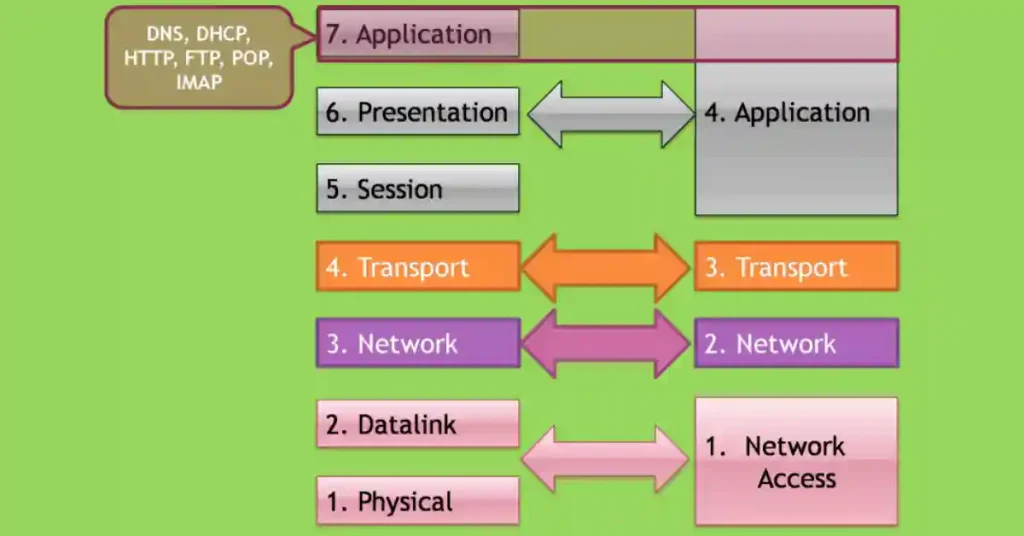
Practical Example
Test HTTP on Windows with curl https://networkustad.com or Linux with wget https://networkustad.com Verifying DNS resolution with nslookup example.com, as of 2025.
Security Considerations
Secure application layer protocols with HTTPS (e.g., openssl s_client -connect example.com:443 on Linux) or Windows Firewall rules (netsh advfirewall firewall add rule name=”Allow HTTP” dir=in protocol=TCP localport=80), critical for 2025 networks.
Troubleshooting Tips
If HTTP fails, check with ping networkustad.com (Windows/Linux) or tracert (Windows)/traceroute (Linux).
For DNS issues, use nslookup -debug (Windows) or dig (Linux) to diagnose, as applicable.
Conclusion
It is the top OSI and unified TCP/IP layer, enabling human and software network interactions in 2025. It supports protocols like HTTP, DNS, and SMTP for web, email, and file sharing, enhanced by P2P and cloud services. Use netstat -a (Windows) or ss -l (Linux) to configure and monitor, with HTTPS and sysctl -w net.core.somaxconn=4096 (Linux) for security and performance. For CCNA/CCNP learners, mastering these is vital for network management as of July 2025.
FAQs
What is the application layer in networking?
It is the topmost layer of the OSI model, enabling user interaction with network services. It uses protocols like HTTP, FTP, and SMTP to facilitate communication.
What are the main protocols of the application layer?
The main protocols include HTTP for web browsing, FTP for file transfer, and SMTP for email. These protocols allow diverse applications to function over the network.
How does the application layer interact with users?
The application layer provides interfaces like web browsers or email clients, allowing users to send and receive data. It translates user requests into network-compatible formats.
Why is the application layer important in the OSI model?
The application layer is crucial as it directly serves end-user applications. It ensures seamless communication by managing protocols and data presentation.
Can the application layer work without other OSI layers?
The application layer relies on lower layers (transport, network, etc.) for data transmission. It cannot function independently but defines how data is presented to users.


